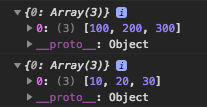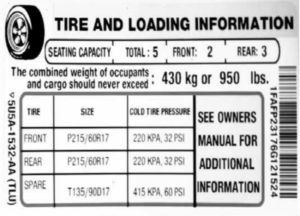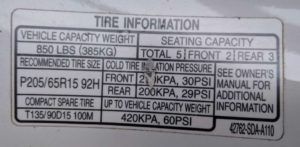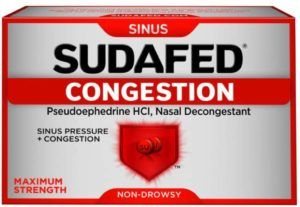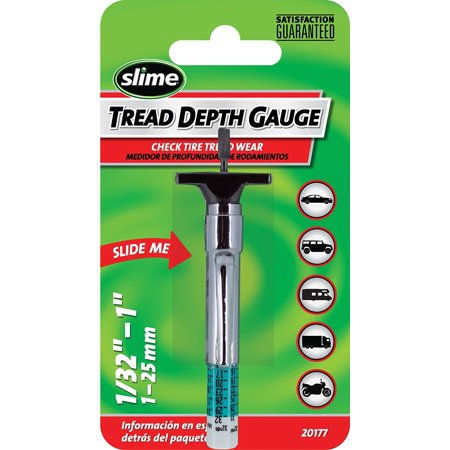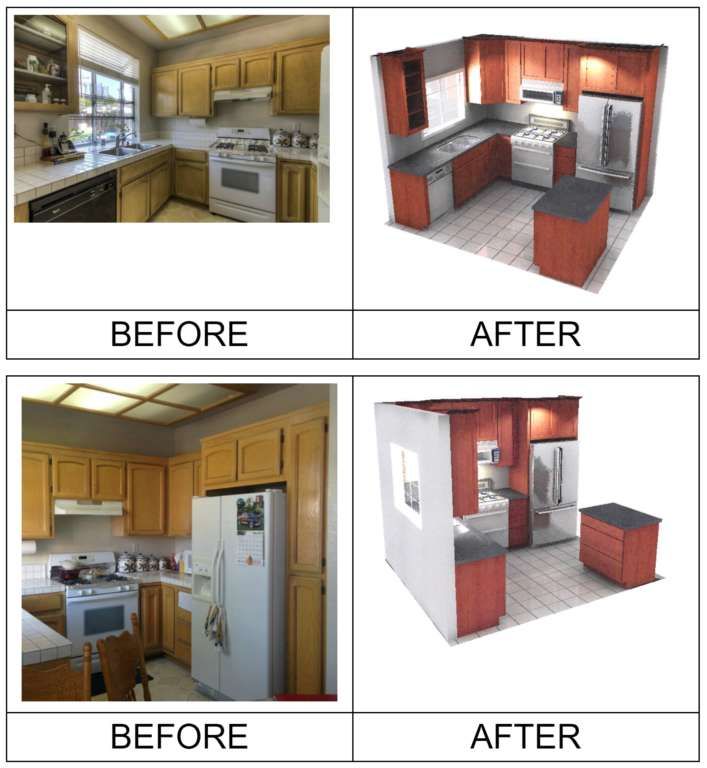I occasionally use Upwork (formerly eLance) to hire contract workers in other countries to work on some projects. Considering that I live in the San Francisco Bay Area, which happens to be one of the most expensive places to live, I have to constantly remind myself to price my projects according to the economy and cost-of-living where I hire workers overseas. Here’s an example cost analysis.
US Cost
Let’s say that, based on the type of work you need done, a fair US wage would be $10 per hour. Let’s also say that you expect the work should be done in no more than 17.5 hours. Therefore, the total project cost in the US would be $175.
Target Country
Let’s say you hire someone in Egypt to do the work. You’ll need a way to fairly and reasonably convert wages in the US to wages in Egypt. One way to do this is by comparing each countries GPD per capita, which is an estimate of the average salary in a particular country.
GDP Per Capita
According to the World Bank, as of July 6, 2018, the GDP per capitas of the US and Egypt are:
- 2018 US GDP per capita = ~ $60,000
- 2018 Egypt GDP per capita = ~ $3,000

In other words, the average annual salary in the US and Egypt are $60k and $3K, respectively.
Continue reading How to Price Work in Other Countries







